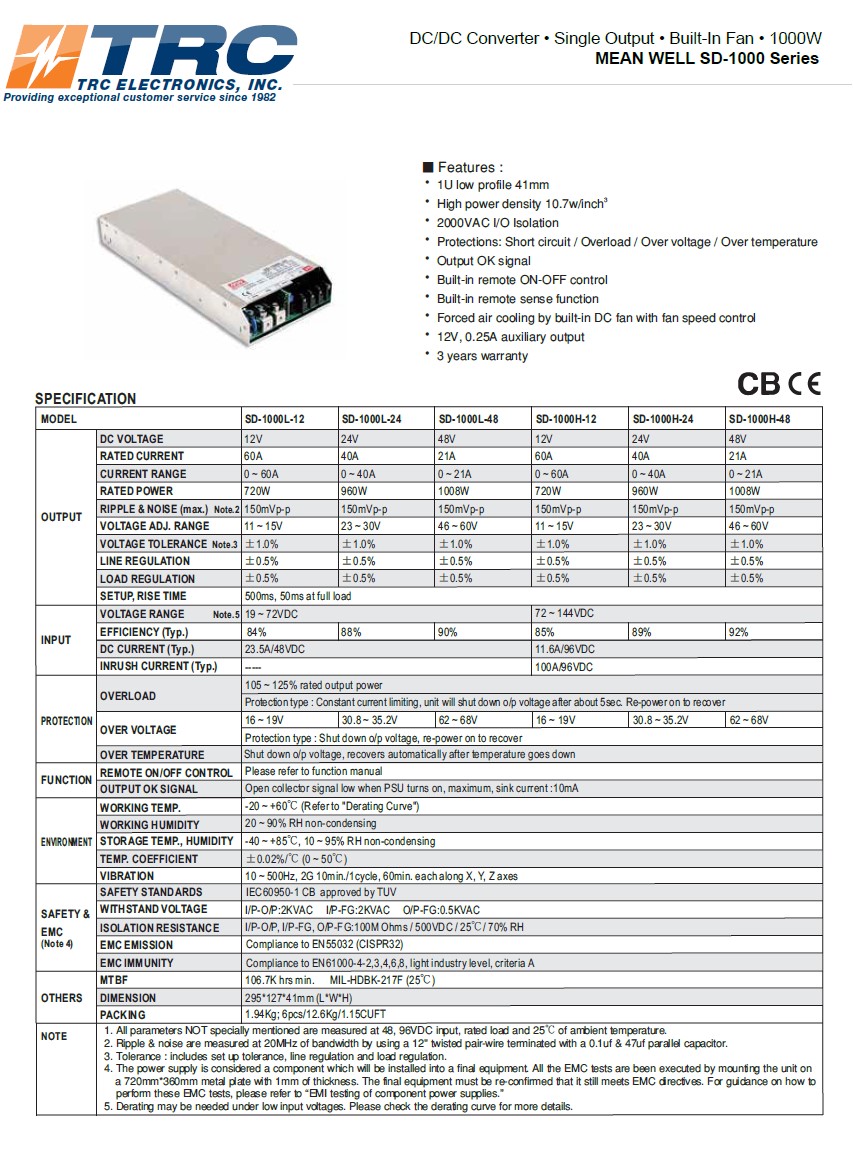I am getting confused using both the online Sizing Calculator and Excel. I have four (4) panels with the following specifications.
325 Watts
Voc = 36
Vmpp = 30
Isc = 11.88
Impp = 10.82
Can anyone help me determine which controller(s) I need and in which configuration I need to wire the panels? I have 430Ah of 12V AGM batteries to connect. Thanks.

